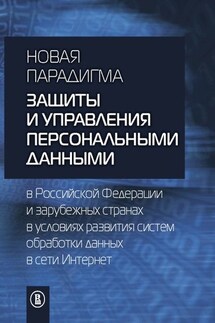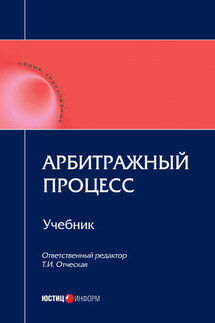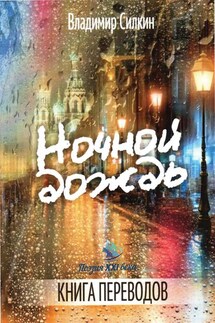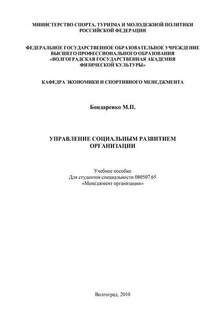Искусство и наука танцевально-двигательной терапии. Жизнь как танец - страница 27
Freud S. (1910/1953). A special type of object choice. Standard edition of the Complete psychological works of Sigmund Freud, Vol. 11 (pp. 166–175). London: Hogarth Press.
Freud S. (1914/1955). The Moses of Michelangelo. Standard edition of the Complete psychological works of Sigmund Freud, Vol. 13 (pp. 209–238). London: Hogarth Press [см. русский перевод: Фрейд 3. Художник и фантазирование (сборник работ). – М.: Республика, 1995, с. 218–232].
Govoni R. M., Piccioli Weatherhogg A. (2007). The body as theatre of passions and conflicts: Affects, emotions and defenses. Body, Movement and Dance in Psychotherapy, 2 (2): 109–121.
Guilford J. P. (1968). Intelligence, creativity and their educational implications. San Diego, CA: R. R. Knapp.
Hanna J. (2008). A nonverbal language for imagining and learning: Dance education in K-12 curriculum. Educational Researcher, 37 (8): 491–506.
Homs J. (2000). El arte o lo inefable de la representación. Tresalcuarto, 1>er semestre, 14–17.
Klein M. (1929). Infantile anxiety situations reflected in a work of art and in the creative impulse. International Journal of Psychoanalysis, 10: 439–444.
Kohut H. (1977). The restoration of the self. New York: International Universities Press.
Kris E. (1952). Psychoanalytic explorations in art. New York: International Universities Press.
Laplanche J., Pontalis B. (1973). The language of psychoanalysis. Oxford: W. W. Norton.
Lewis Bernstein P. (1979). Historical perspective in DMT // Kendall/Hunt (Ed.). Eight theoretical approaches in dance-movement therapy (pp. 3–6). Iowa: Kendall/Hunt.
Nadel M., Strauss M. (2003). The dance experience: Insights into history, culture and creativity. Highston, NJ: Princeton Books.
Noy P. (1969). A theory of art and aesthetic experience. Psychoanalytical Review, 55: 623–645.
Oxford English Dictionary (full edition) (1991).
Press C. (2005). Psychoanalysis, creativity and hope: Forward edge strivings in the life and work of choreographer Paul Taylor. Journal of the American Academy of Psychoanalysis and Dynamic Psychiatry, 33 (1): 119–136.
Rank O. (1907/1973). Art and artist: Creative urge and personality development. New York: A. A. Knopf.
Read H. (1965). Icon and idea: The function of art in the development of human consciousness. New York: Shocken.
Robbins A. (1980). Expressive therapy. New York: Human Sciences Press.
Rosenblatt A. (2004). Insight, working through and practice: The role of procedural knowledge. Journal of American psychoanalytic association, 52 (1): 189–207.
Schilder P. (1950). The image and appearance of the human body. New York: International Universities Press.
Schneider Adams L. (1993). Art and psychoanalysis. New York: Harper Collins.
Stanton Jones, K. (1992). Dance movement therapy in psychiatry. London: Routledge.
Stern D. (1985). The interpersonal world of the infant. New York: Basic Books.
Stern D. (2004). The present moment in psychotherapy and everyday life. New York: W. W. Nor ton.
Stern D. (2010). Forms of vitality: Exploring dynamic experience in psychology and the arts. Oxford: Oxford University Press.
Storr A. (1972/1993). The dynamics of creation. New York: Ballantine Books.
Strenger C. (1998). Individuality, the impossible project: Psychoanalysis and self-creation. Connecticut, CT: International Universities Press.
Strenger C. (2003). The self as perpetual experiment: Psychodynamic comments on some aspects of contemporary urban culture.









